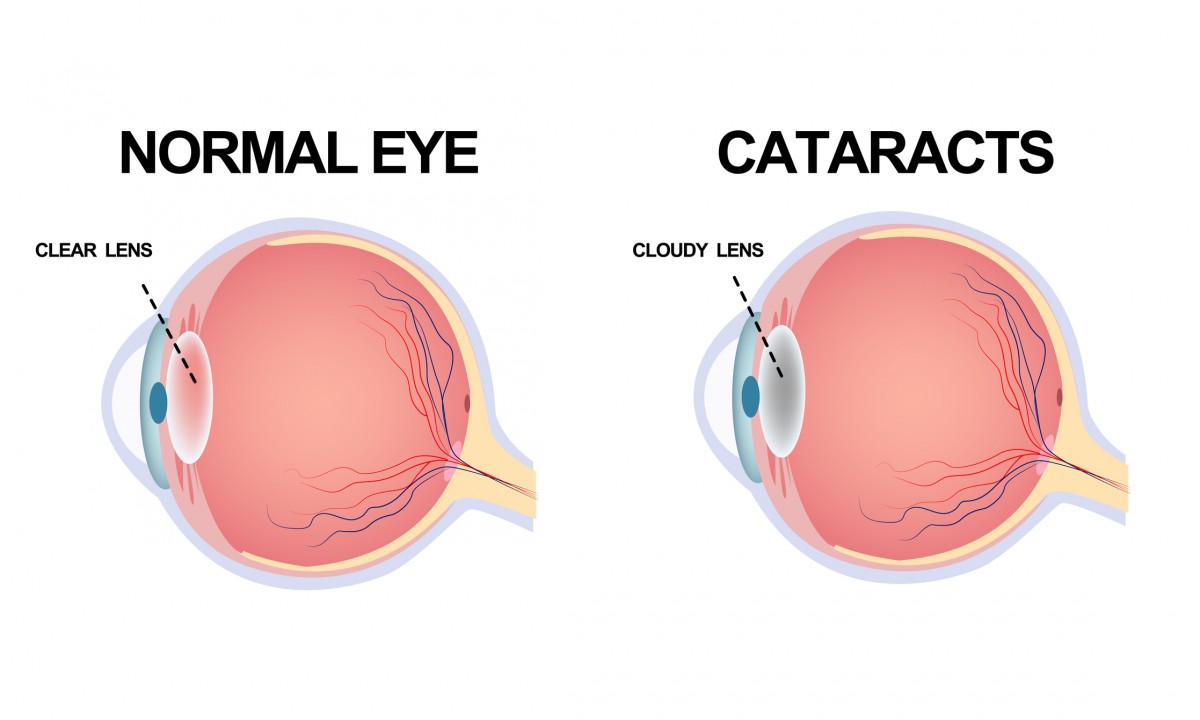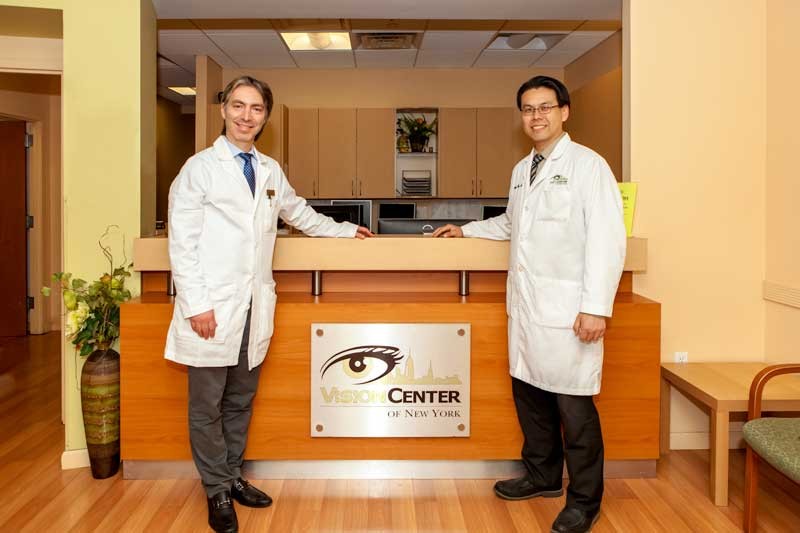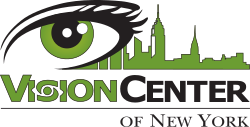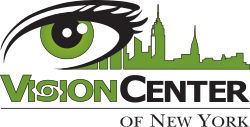Vision Center of New York
718-862-3937
What is Femtosecond Cataract Surgery?
The medical field is constantly improving through new technologies and techniques. Even for safe, simple, and effective procedures like cataract surgery, there is still room for improvement. One of those improvements is femtosecond laser-assisted surgery. But what is a femtosecond laser, and how can it improve cataract surgery?
What is a Femtosecond Laser?
A femtosecond laser is an infrared laser that's useful in several eye surgeries. It helps doctors make precise incisions in delicate eye tissues. For complicated cases, it can offer doctors more control than traditional methods.
The reason femtosecond lasers are so precise is because of their speed. The faster the laser pulses, the more precise it is with less damage to surrounding tissues. Femtosecond lasers started as a tool for LASIK surgery. However, because of the precision, doctors have started using these lasers for a wider variety of procedures, including cataract surgery.
How a Femtosecond Laser Changes Cataract Surgery
Cataract surgery is a procedure for people experiencing poor eyesight due to clouding in their eye's natural lens. Cataracts are often associated with aging, but other factors like high blood pressure or excessive sun exposure can lead to cataracts at any age.
Luckily, cataracts are usually fixable. For most patients, when an eye surgeon removes the clouded lens and replaces it with an artificial lens, they're able to regain their full vision.
Laser-assisted cataract surgery is very new compared to the history of cataract surgery. People have been turning to surgery for vision improvement since the fifth century BCE, but technology has come a long way since then.
The steps for laser-assisted cataract surgery are similar to the manual procedure doctors have used since the 1970s. However, the laser offers some improvements for certain eye conditions and situations.
The Corneal Incision
The first step of modern cataract surgery is to make an incision in the cornea. The goal is to get access to the clouded lens so that the doctor can remove it and replace it with a new lens.
The incision is self-healing, meaning that after the procedure, it will heal without stitches. The more precise the incision is, the faster it will heal. Femtosecond laser incisions heal faster than manual incisions, though manual incisions also have a rapid healing time.
A femtosecond laser is a better choice than a manual blade (usually made of metal or diamond) in a situation where there are issues other than cataracts. When a patient has other eye injuries or conditions, the incision needs to be more precise to avoid complications.
For more complicated eye surgery, cataract surgeons will use all available tools to make the procedure safer and more effective. The femtosecond laser is one of those tools.
The Anterior Capsulotomy
In cataract surgery, there is a second incision known as the anterior capsulotomy. The eye's natural lens sits inside a protective capsule. During the surgery, the doctor will put the artificial lens inside that capsule to hold it in place.
The cataract surgeon has to cut through the capsule without destroying it to take out the cloudy lens. In a manual procedure, the doctor will use a needle or forceps to make a small circular cut in the capsule. The difference that a femtosecond laser makes in this cut is the location. The placement of the incision and the shape help surgeons put the artificial lens in a more specific location.
For most surgeries, this isn't necessary because the new lens will work perfectly with manual placement. However, when patients need a more specific lens placement, such as a lens that corrects astigmatism, the laser is the better choice. A more specific incision means it will be easier to put the new lens in the correct place to correct the more complicated vision issue.
The Lens and Cataract Fragmentation
Once both incisions are made, the doctor has to break up the clouded lens and remove it. Surgeons use an ultrasonic device to break the lens into small enough pieces to take out of the incision.
A manual surgery needs more energy to break up the lens than a femtosecond surgery. The laser actually softens the lens when the doctor makes the incision, making it easier to break up and remove. There are more risks of complications with manual surgery during this phase. Too much energy from the device can cause astigmatism or burn surrounding tissues. While most manual cataract outcomes are good, it is easier to control the surgery with a femtosecond laser.
Is Femtosecond Cataract Surgery Right for You?
The techniques and tools for manual cataract surgery will work just as well for most people as a femtosecond cataract surgery. The primary difference for the average patient is a shorter expected healing time and increased cost.
There are situations where a femtosecond cataract surgery is more beneficial than manual surgery, however. These are generally cases where the patient has additional vision problems they want to adjust.
Astigmatism and Special Cases
The most common reasons why a doctor would recommend laser-assisted cataract surgery are when a patient needs a multifocal or toric lens. Toric lenses are used to correct astigmatism. Multifocal lenses are used to correct patients who need multiple prescriptions to see clearly.
These types of lenses only work in one position in the eye. The laser increases the chance of correct placement. Another reason a doctor would recommend a laser procedure would be if there are eye injuries that limit where to place the incision.
Cost Concerns
The only major drawback to using a femtosecond laser for cataract surgery is the cost. Most insurance providers consider cataract surgery elective surgery. This means it's harder to get healthcare coverage for the laser when a cheaper, manual procedure is just as effective.
When laser-assisted cataract surgery is necessary for diagnosing or treating a more complicated cataract case, insurance will generally cover it. However, in the average cataract case, the extra cost is put on the surgeon or the patient.
For some patients, the extra cost is worth the benefits that the laser provides. A potentially shorter recovery period and a reduced need for prescription eyeglasses can make the price tag more appealing.
Come See Us for Your Laser Eye Surgery
If you are having trouble seeing, call Dr. Gary Fishman or Dr. Simon Wu at the Vision Center of New York, we can help you see clearly, whether you need cataract surgery or another procedure. Our Ophthalmologists are world-class cataract specialists, having attended the top schools and receiving the top training in the U.S.
We'll help you explore the best options for you and your eye health. Schedule your appointment today and get started to seeing clearer.




